Ayurvedic pharmacology, known as “Dravyaguna Vijnana,” is a comprehensive system of understanding the properties, actions, and therapeutic uses of medicinal substances in Ayurveda. It integrates ancient wisdom with practical applications for healing and maintaining health. Here is a detailed overview of the basic concepts of Ayurvedic pharmacology:
1. Dravyaguna (Properties and Qualities of Substances)
- Dravya (Substance): Refers to the medicinal herb, mineral, or animal product used for healing.
- Guna (Qualities): These are inherent attributes of substances, classified into 20 types such as heavy (guru), light (laghu), oily (snigdha), and dry (ruksha).
- Rasa (Taste): Six primary tastes (sweet, sour, salty, bitter, pungent, and astringent) that influence the therapeutic effect of the substance.
- Veerya (Potency): The strength or potency of a substance, typically categorized as heating (ushna) or cooling (shita).
- Vipaka (Post-Digestive Effect): The final taste that a substance acquires after digestion, impacting its long-term effects on the body.
- Prabhava (Specific Action): Unique effects that cannot be explained by other properties.


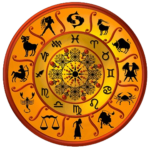

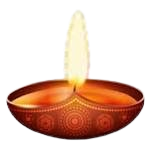


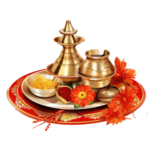

 Vastu shastra
Vastu shastra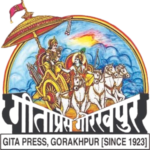 Geeta press
Geeta press





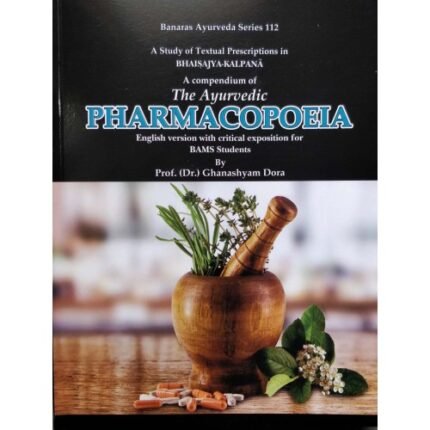
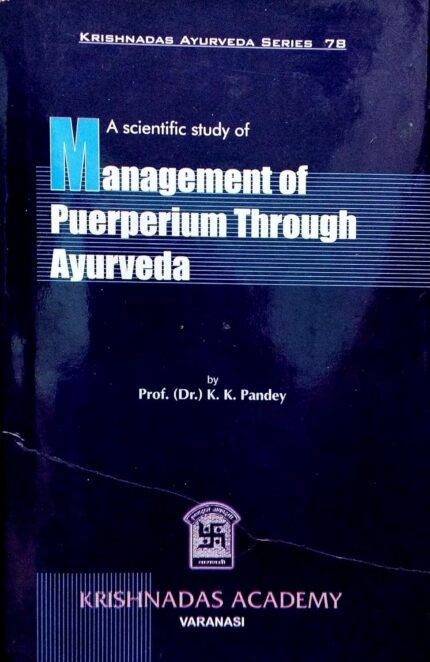







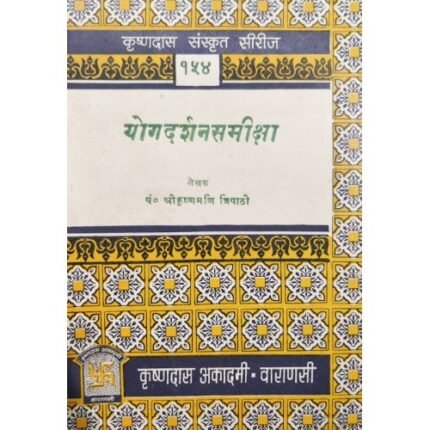
Reviews
Clear filtersThere are no reviews yet.